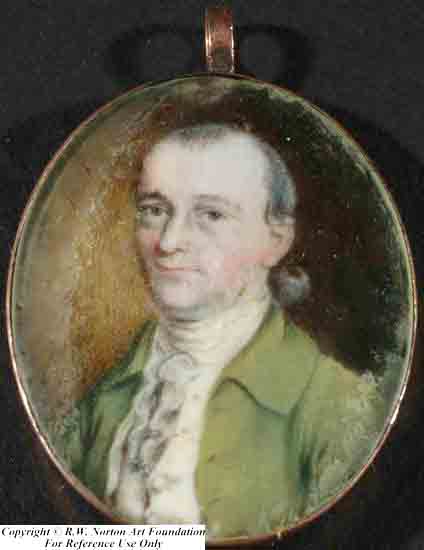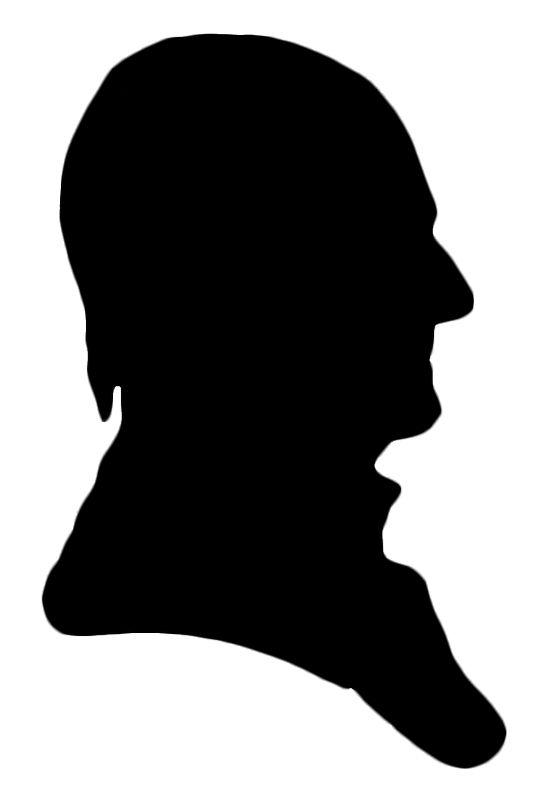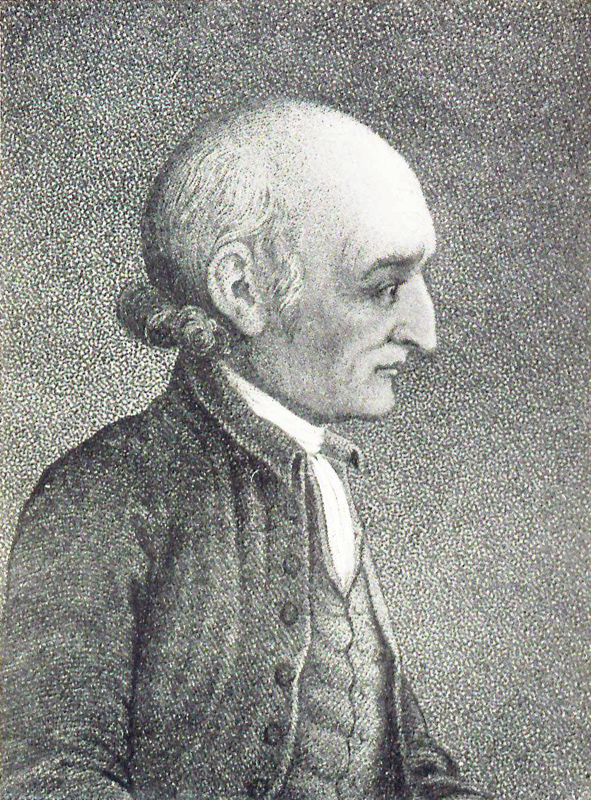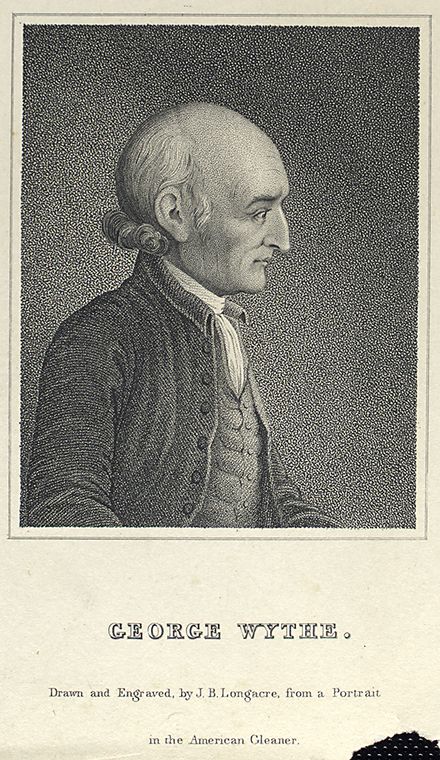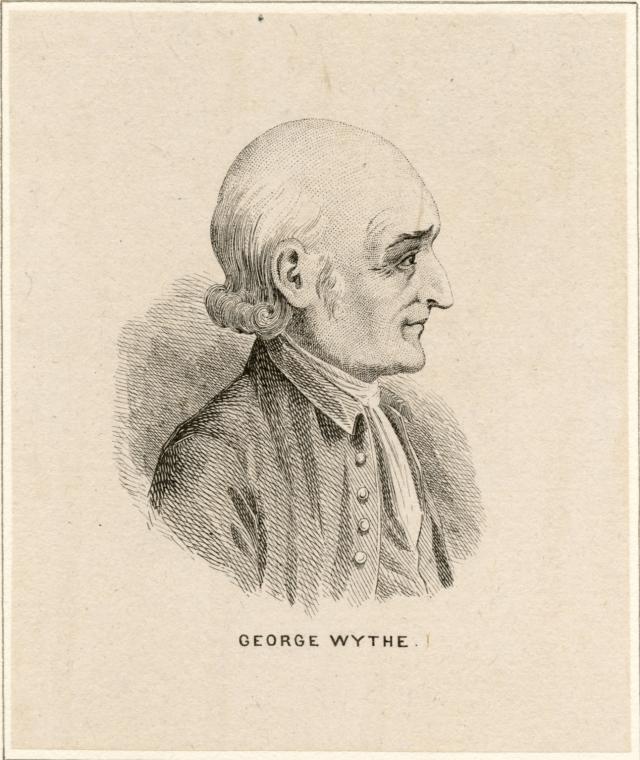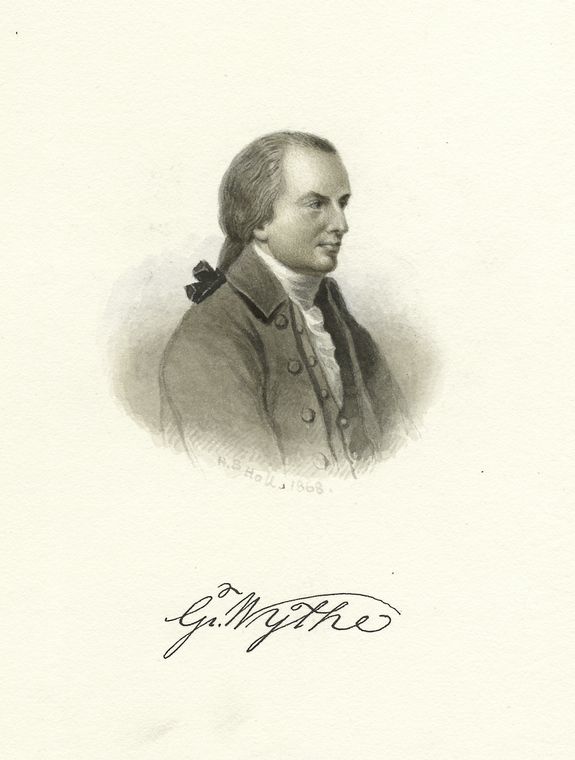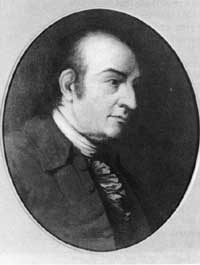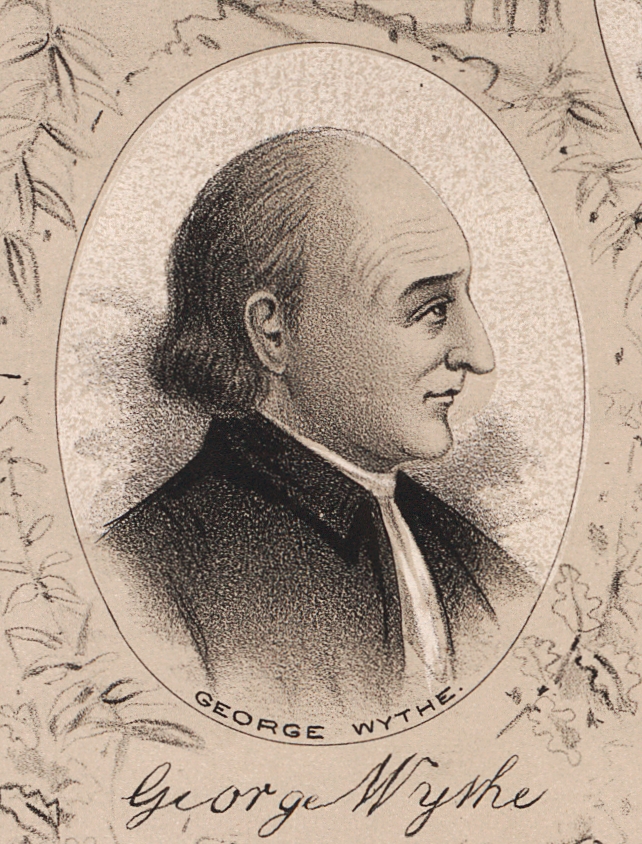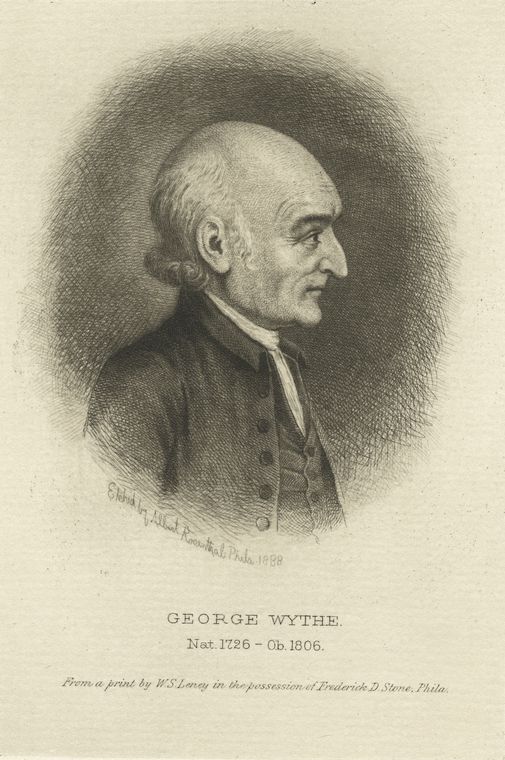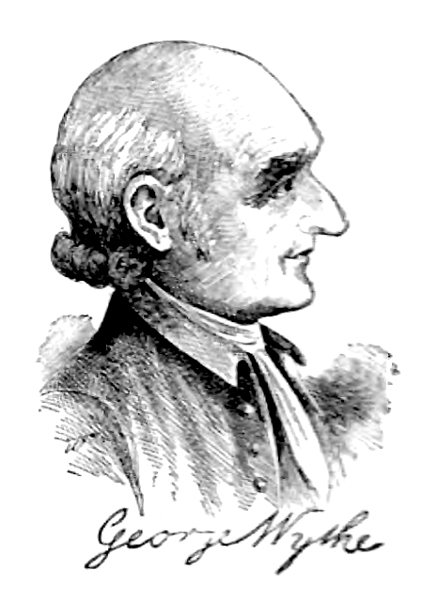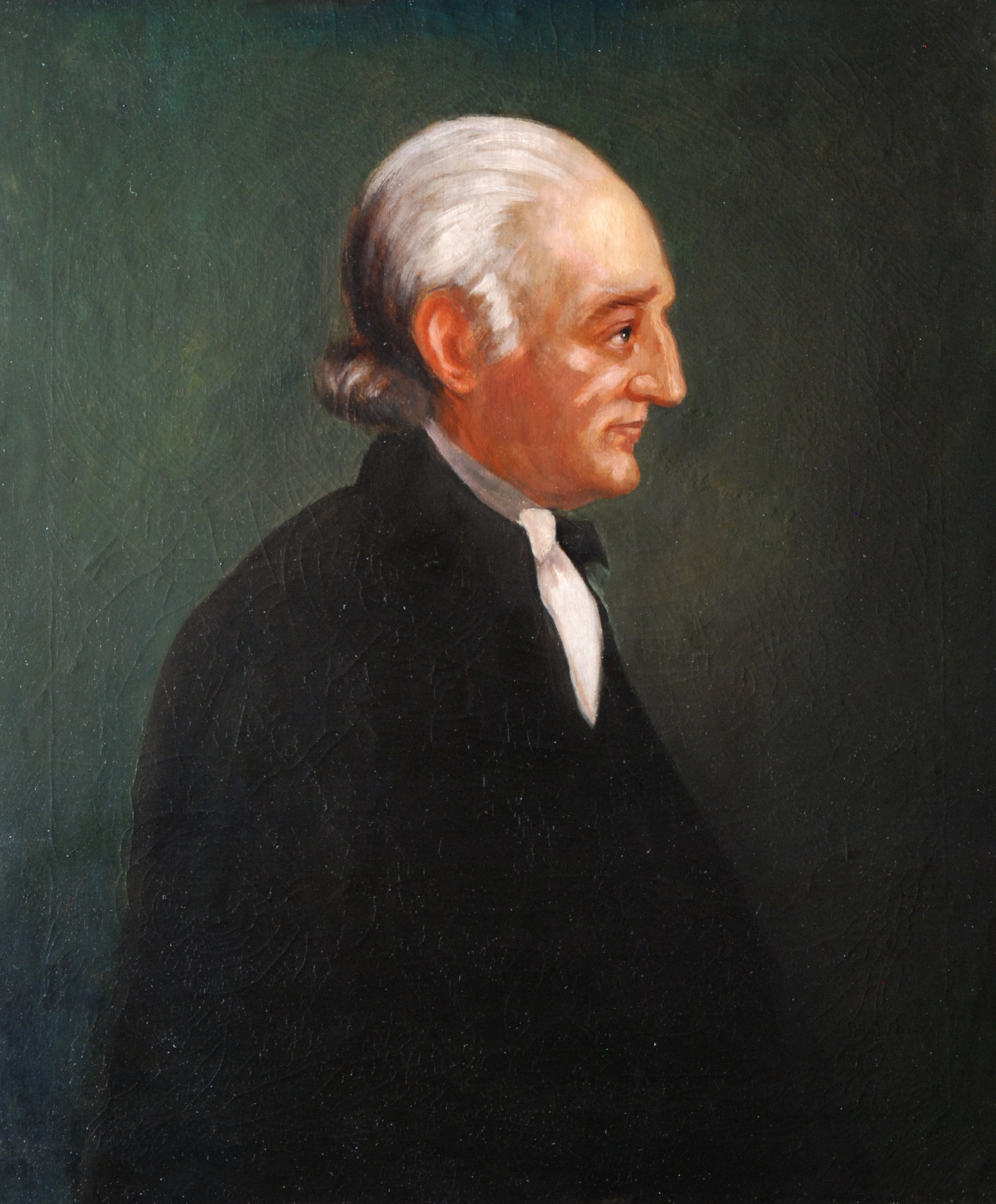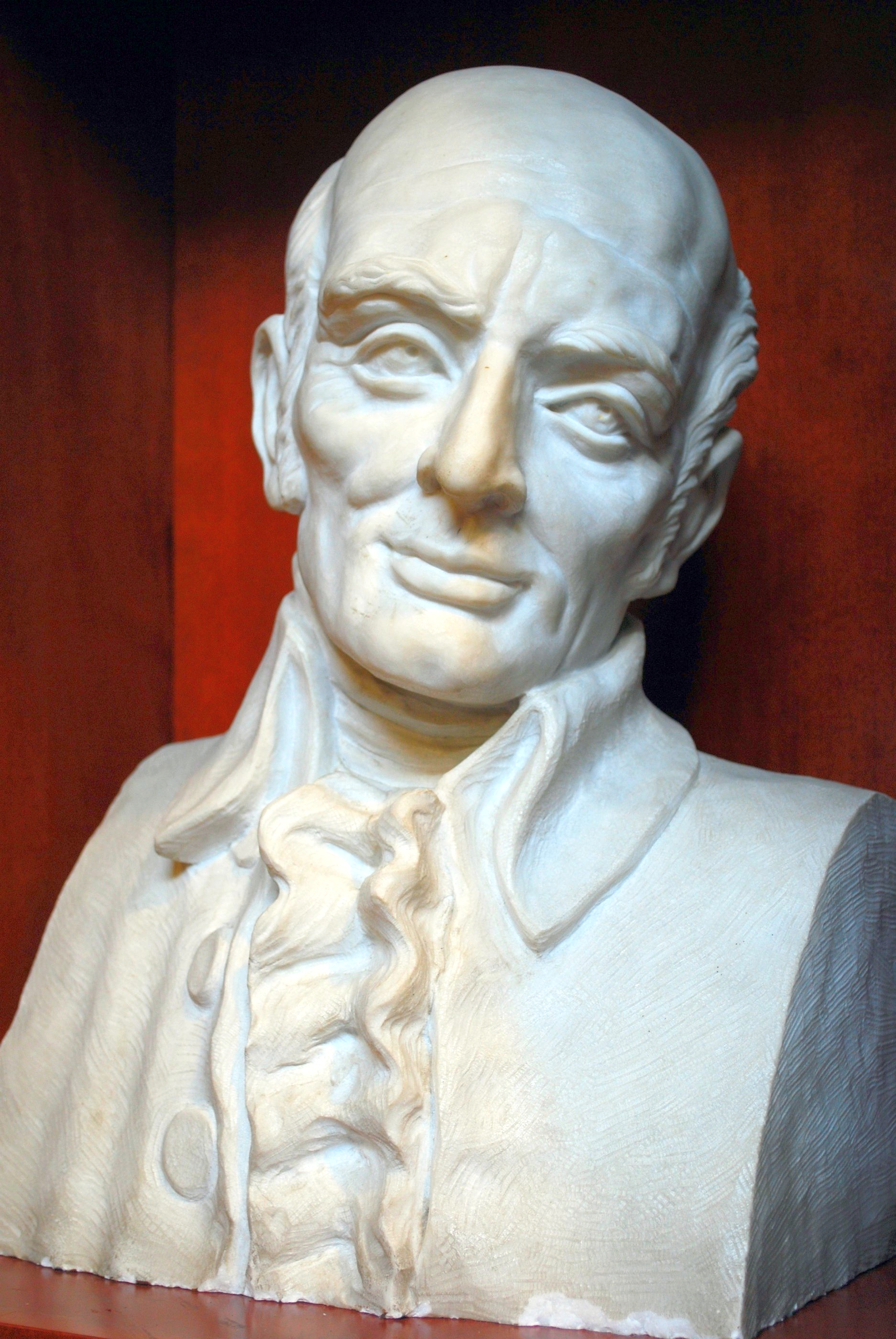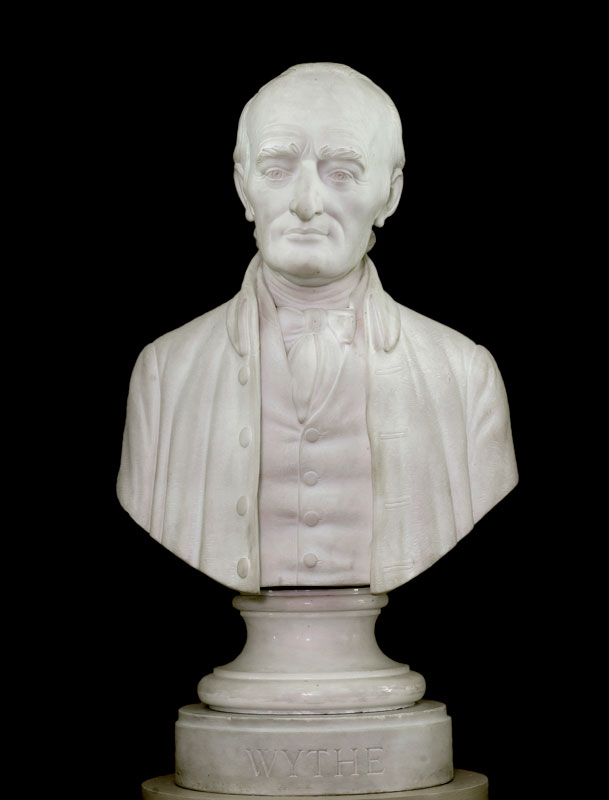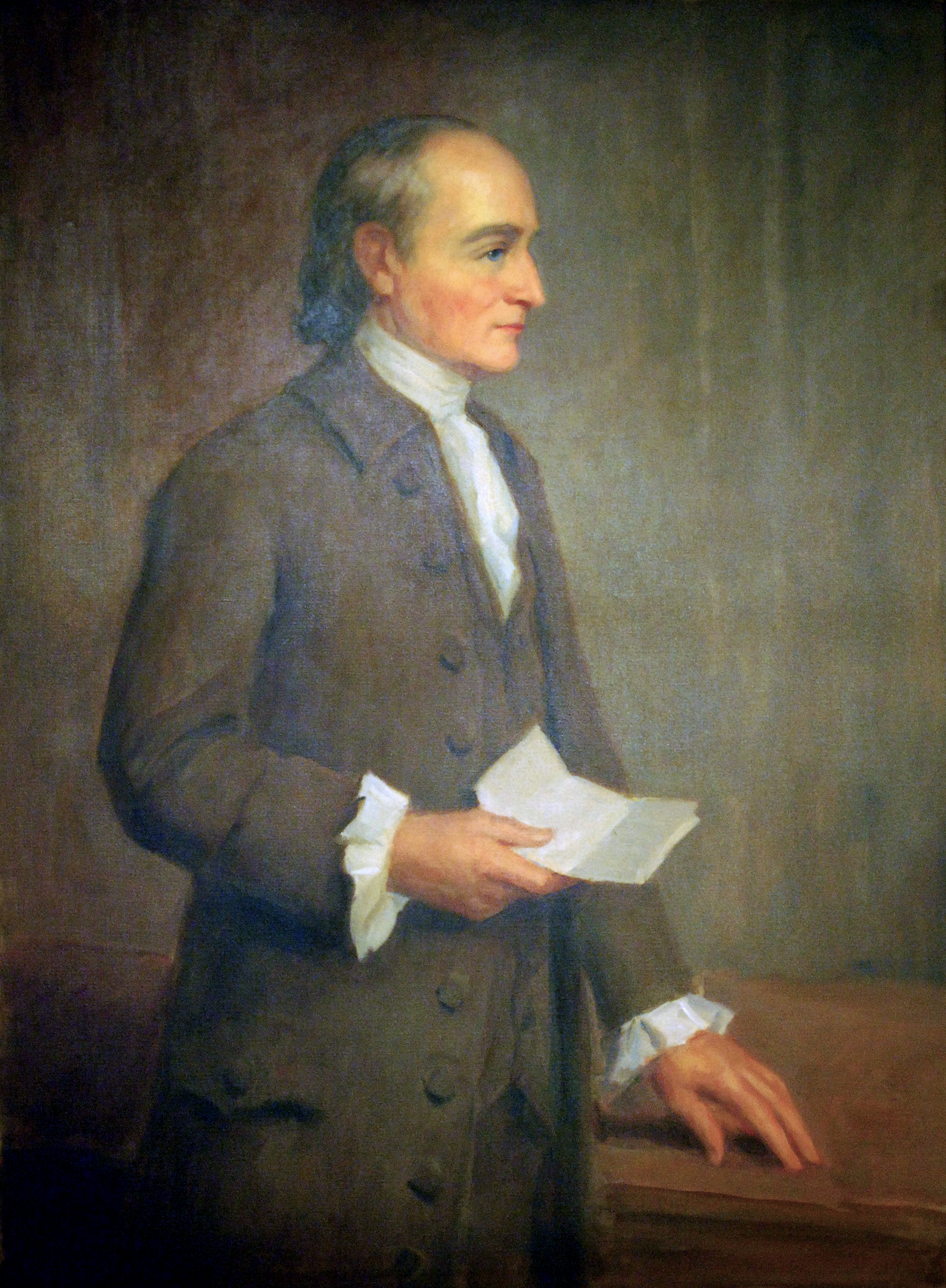Depictions of Wythe: Difference between revisions
Jump to navigation
Jump to search
No edit summary |
|||
| Line 23: | Line 23: | ||
File:GeorgeWythePortrait.jpg|Wolf Law Library portrait. | File:GeorgeWythePortrait.jpg|Wolf Law Library portrait. | ||
File:DeWeldonWythe1954.jpg|Marble bust by [[wikipedia:Felix de Weldon|Felix de Weldon]] (1954). | File:DeWeldonWythe1954.jpg|Marble bust by [[wikipedia:Felix de Weldon|Felix de Weldon]] (1954). | ||
File:Baker1962Wythe.jpg|Marble bust by Bryant Baker (1962). | File:Baker1962Wythe.jpg|Marble bust by [[wikipedia:Bryant Baker|Bryant Baker]] (1962). | ||
File:SilvetteWythe1979.jpg|W&M Law School portrait (1979). | File:SilvetteWythe1979.jpg|W&M Law School portrait (1979). | ||
</gallery> | </gallery> | ||
[[Category:Images of Wythe]] | [[Category:Images of Wythe]] | ||
Revision as of 04:47, 1 March 2014
As a signer of the Declaration of Independence, George Wythe's portrait was much sought after by artists.
Images of George Wythe
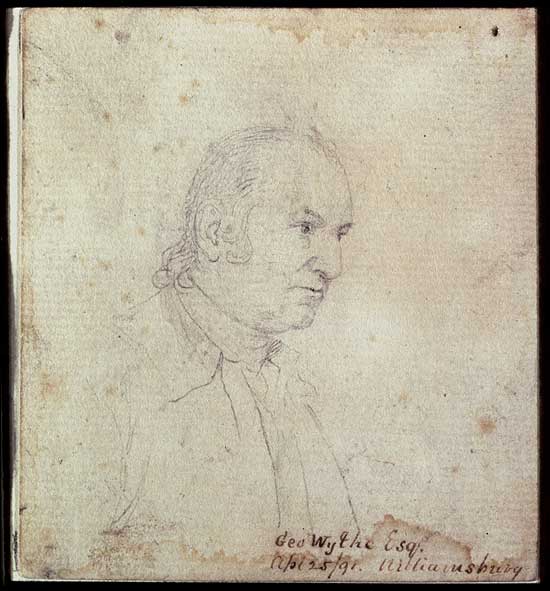
-
Miniature by Henry Benbridge (c. 1770), R.W. Norton Art Gallery.
-
Sketch from life, by John Trumbull, in Williamsburg (1791).
-
William Bache silhouette (1804).
-
William Satchwell Leney (1807).
-
J.B. Longacre, after Leney.
-
Detail from John Trumbull's Declaration of Independence (1818).
-
Lossing (1859).
-
William Bryan Hall (1868).
-
Brotherhead (1872).
-
John Ferguson Weir (1876), after John Trumbull.
-
Erekson (1876).
-
Rosenthal (1888).
-
National Cyclopædia (1893).
-
Portrait by William H. Crossman (1927), after John Trumbull.
-
Wolf Law Library portrait.
-
Marble bust by Felix de Weldon (1954).
-
Marble bust by Bryant Baker (1962).
-
W&M Law School portrait (1979).
